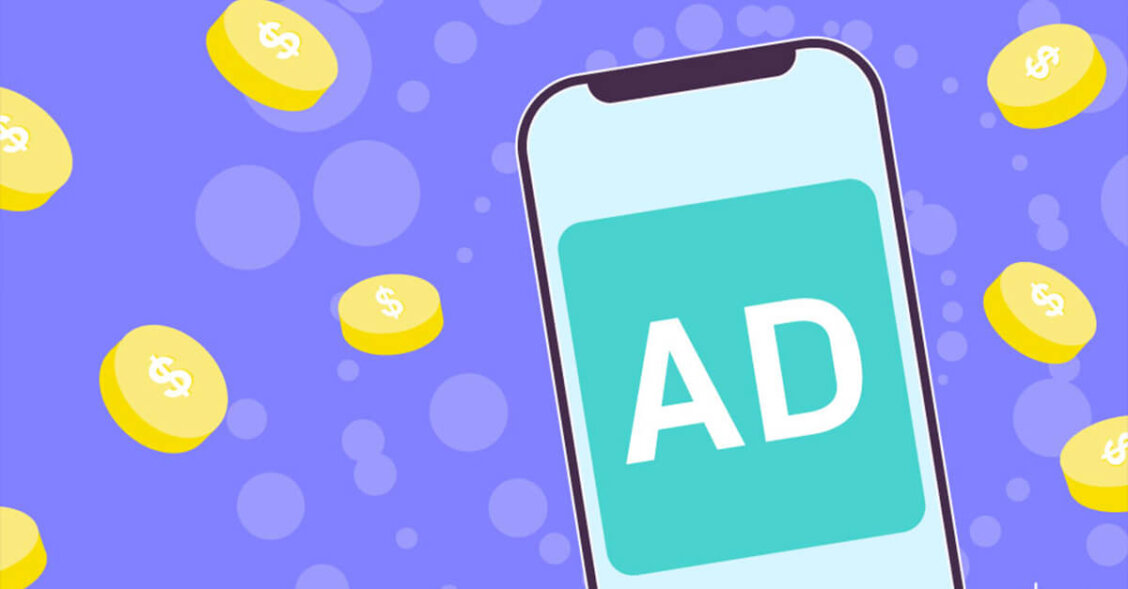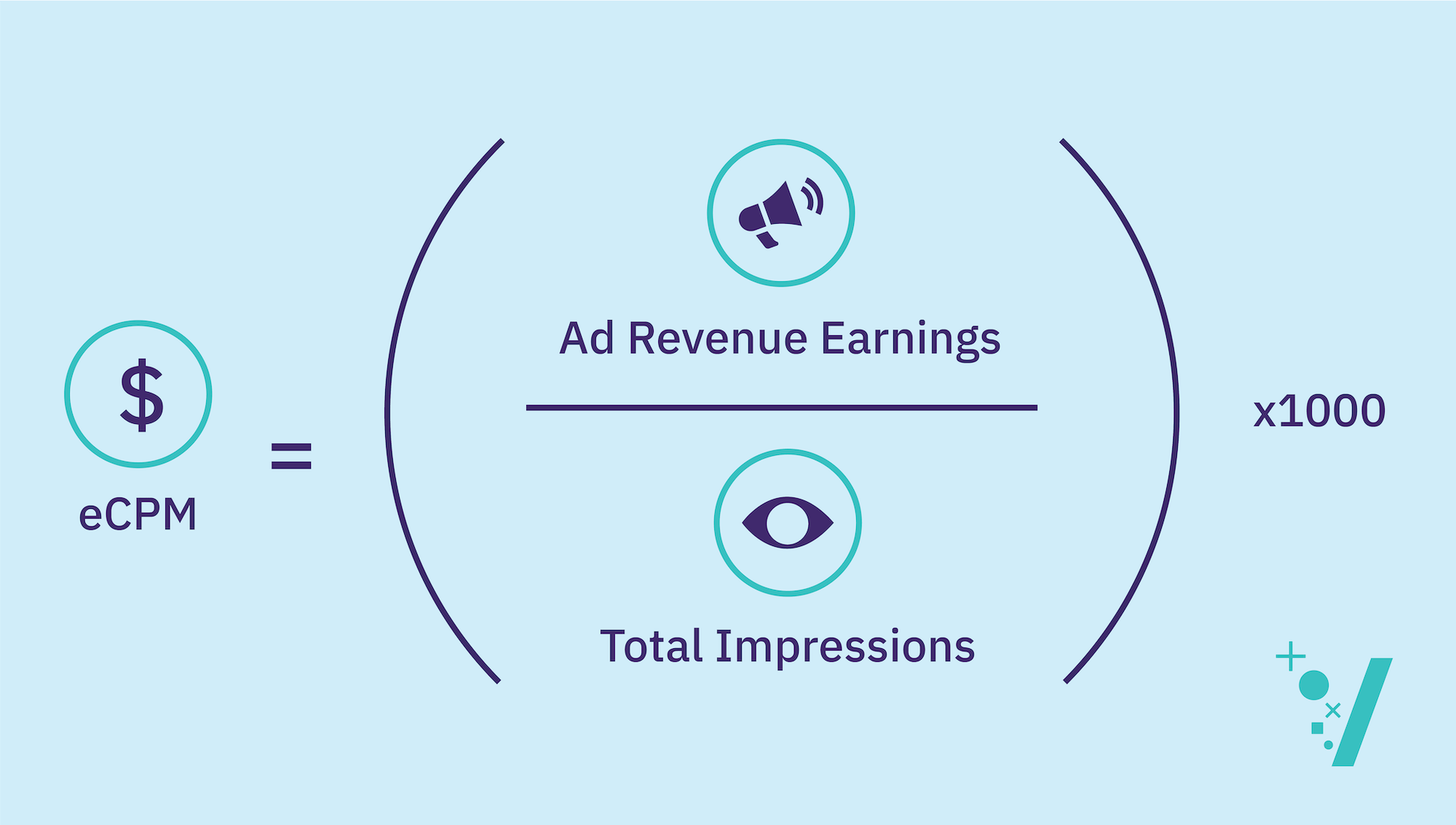
Mobile App Ad Revenue: How Much Can Developers Make?
Find out what ad types and placements result in the highest eCPMs.
Monetizing apps with ads can get complicated.
Developers have more ad formats than ever to choose from, but not all yield the same results. At the same time, mobile users have evolving expectations for where ads belong in the natural app flow, and not all placements are created equal. And then there’s the creative aspect; even the most effective ad formats and placements can’t help you if those ads aren’t grabbing users’ attention with eye-catching creative.
With so many things factoring into mobile app ad revenue, how much can developers actually expect to make? As a leading mobile advertising platform with years of experience, Vungle can help answer that question. In this post, we’ll provide a range that developers can expect from mobile app ad revenue, as well as explain the nuances affecting that revenue.
Jump to a section…
How much revenue can developers make from mobile app ads?
How do I estimate mobile app ad revenue?
Mobile ad targeting
Mobile ad creative
Mobile ad placement
Mobile app ad revenue: gaming
Mobile app ad revenue: non-gaming
Don’t go it alone
How much revenue can developers make from mobile app ads?
Exact mobile ad revenue depends on a wide number of variables like format, placement, and impression numbers. Results can vary wildly, but there are plenty of things you can do to make sure you’re on the higher end. In this post, we’ll go over the variables that determine mobile app ad revenue and help you get a better idea of how much you can make.
How do I estimate mobile app ad revenue?
In order to estimate how much your app can make from mobile ads, you’ll need to gather some important information:
- Daily Active Users (DAU): How many people are opening your app on a daily basis?
- Ad Impressions: How many ads do you expect to be able to show your users?
- Effective Cost Per Mille (eCPM): At what price can you serve these ads?
There are a number of analytics platforms that can help you figure out your DAU and other engagement metrics, including Google Analytics for Mobile Apps, Mixpanel, and Amplitude.
Once you know how many people are using your app, it’s time to figure out how many ads you can reasonably show them, which is a much more complicated and nuanced process. For example, you could run an ad every time a user opens the app, ensuring everyone sees it, but that’s not a great experience for users and could likely hurt retention. On top of that, there are many ways to advertise in apps, from traditional banner ads to rewarded ads, the latter of which has become the gold standard for mobile app monetization in recent years. Users interact with different types of ads in different ways, so you’ll also have to balance predictability with engagement.
Then comes actually estimating how much revenue you’ll make per impression served. This typically depends on ad performance and is expressed as effective cost per mille, or eCPM. Calculating eCPM is a bit of a math problem on its own. The formula is as follows:

In other words, eCPM is determined by how well the ad placement is performing, making it a metric for which the publisher shares some responsibility. The kind of eCPM a placement can generate is largely affected by three main factors: ad targeting, ad creative, and ad placement quality.
Mobile ad targeting
Ad targeting quality refers to any measures taken to ensure that your game or app is showing the right ads to the right audience. There are a variety of strategies for this, including behavioral and contextual targeting, but they all exist to ensure that users are seeing ads relevant to their interests. This is largely the responsibility of your demand source or ad network, but it’s important to understand why it matters. For example, it would be a misstep if ads for hyper-realistic shooter games were running in a family-friendly mobile app. Be sure to talk to your ad monetization partners about what kinds of targeting capabilities they can offer to ensure your placements are generating the most revenue possible.
Mobile ad creative
The best targeting in the world can’t ensure results if the ads being delivered don’t compel audiences to take action. Do the ads you’re showing have attention-grabbing visuals and clever copy? Do mobile game ads show actual gameplay? An ad’s creative elements play a huge role in its success. If you don’t have the resources in-house, the right ad network can assist with the creative elements. For example, Vungle’s own Creative Labs uses cutting-edge technology, a wealth of data, and professional expertise to drive engagement through ad creative.
Mobile ad placement
Finally, it’s important to consider the state that the user is in when deciding where and when to serve your ads. Ads shown in the middle of the gameplay loop are unlikely to attract significant attention, and performance will suffer as a result. Ideal ad placement is typically the responsibility of the developer, but again, a hands-on ad network with extensive experience can advise you on the best practices for your ad placements. In fact, making sure ads are engaging experiences rather than annoyances is one of our areas of expertise at Vungle.
Mobile app ad revenue: gaming
Because mobile games have relied on in-game advertising as a source of revenue for so long, their ecosystem is slightly more mature than in non-gaming apps. As a result, mobile game ads are able to generate more revenue.
Mobile banner ads placed in games perform consistently, though rewarded ads tend to see higher returns. Some other high eCPM placements include:
- Interstitial ads placed at the end of a level
- Rewarded ads placed at the end of a level
- Rewarded ads placed in a dedicated reward section
Related: GDC Recap: F2P Ad Placement Takeaways From Analyzing 150 Creatives and 6B Impressions
When it comes to mobile games, ads should make sense contextually and not interrupt the gameplay experience. Rewarded ads work particularly well because mobile games often have their own economy, and bonuses like virtual currency or special items to enhance the gameplay. For players, engaging with an ad is a fair price to pay for getting more enjoyment out of a game.
Mobile app ad revenue: non-gaming
With in-app advertising becoming more popular in non-gaming apps, eCPMs are on the rise. Other ad placements with higher eCPMs in non-gaming apps include:
- Interstitial ads placed at the end of content
- Display ads like medium rectangles (MRECs) shown when downloading content
- Display ads shown during ad search
- Display ads placed on the home screen
Rewarded ads haven’t historically been adopted as widely in non-gaming apps, though some advertisers have utilized them to great effect. Don’t forget that placement is key — while non-gaming apps don’t have the same natural breaks between levels or after battles, it’s still important to place ads where they won’t disrupt the flow of the user experience.
Don’t go it alone
If your mobile app ads aren’t matching these results, it’s time to rethink your strategy. One of the best ways to boost app revenue is by choosing the right partner to help with every aspect of the mobile advertising process. That’s where Vungle comes in. As a mobile advertising platform that offers comprehensive monetization and in-app advertising solutions, we know what it takes to maximize revenue. Want to know more? Get in touch.
